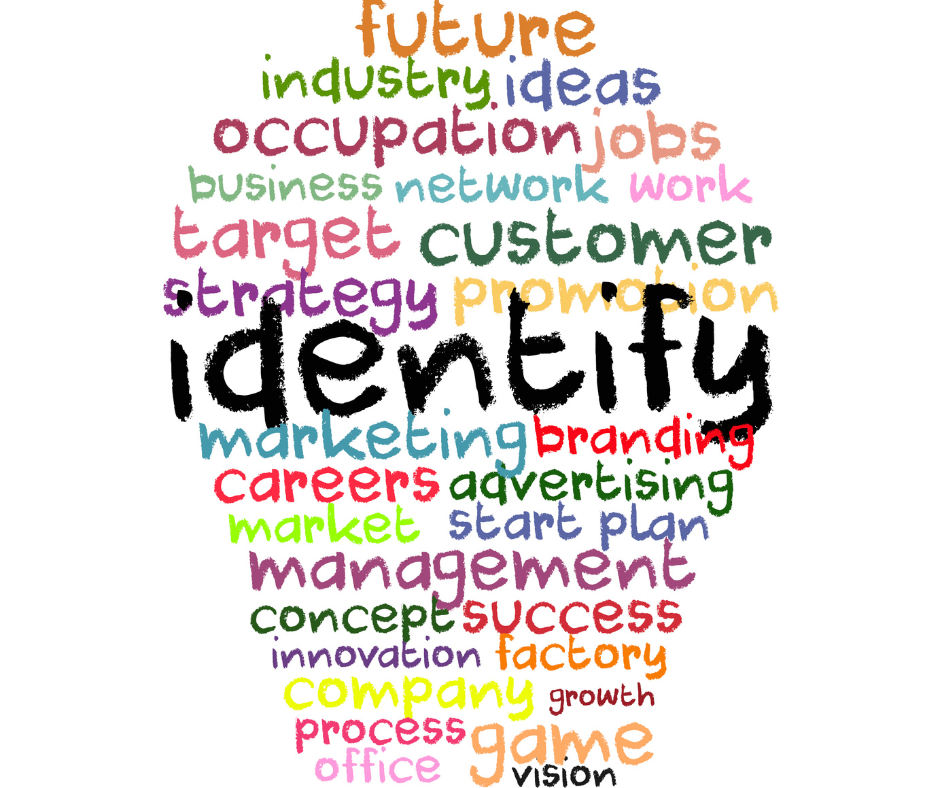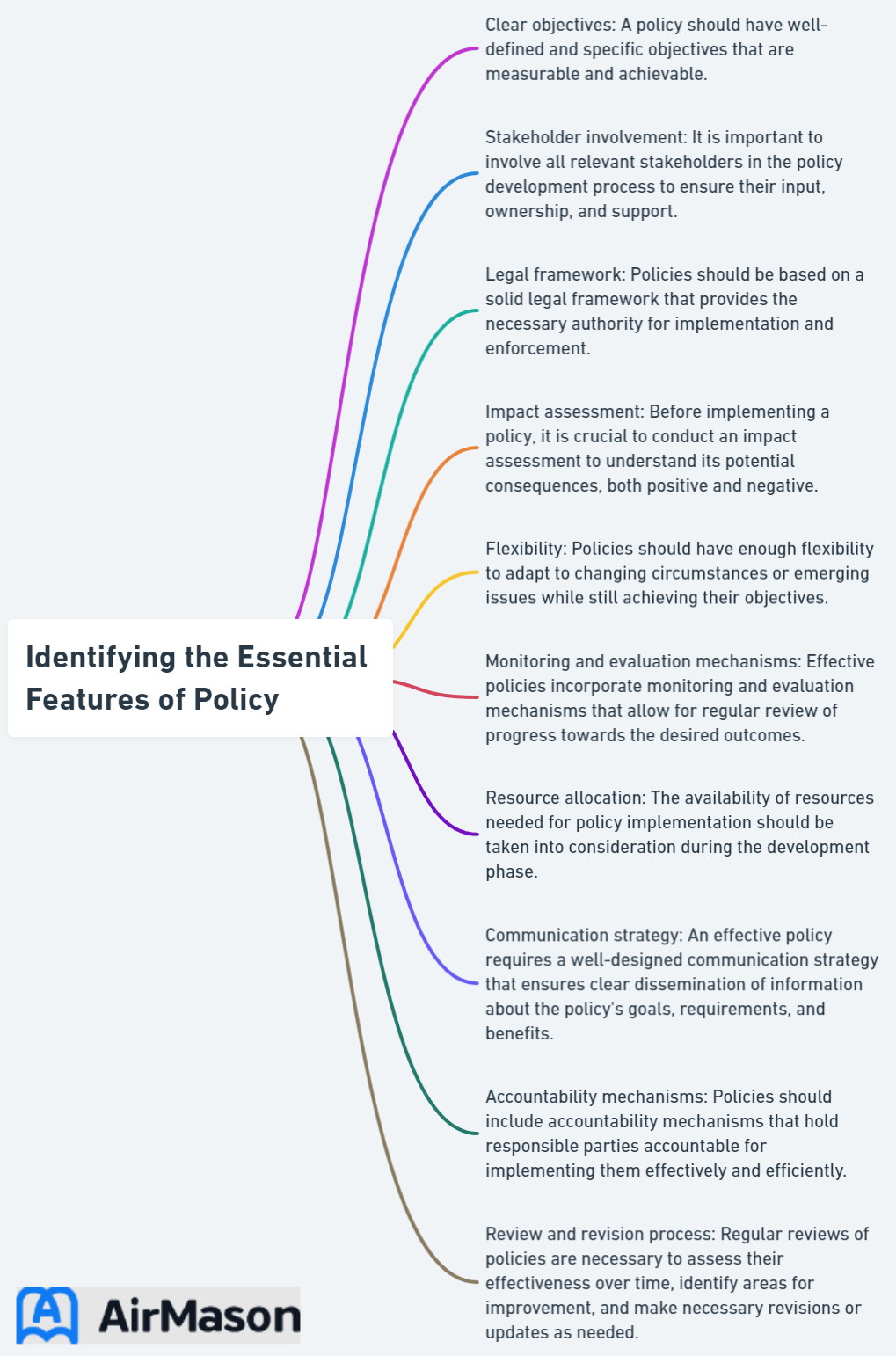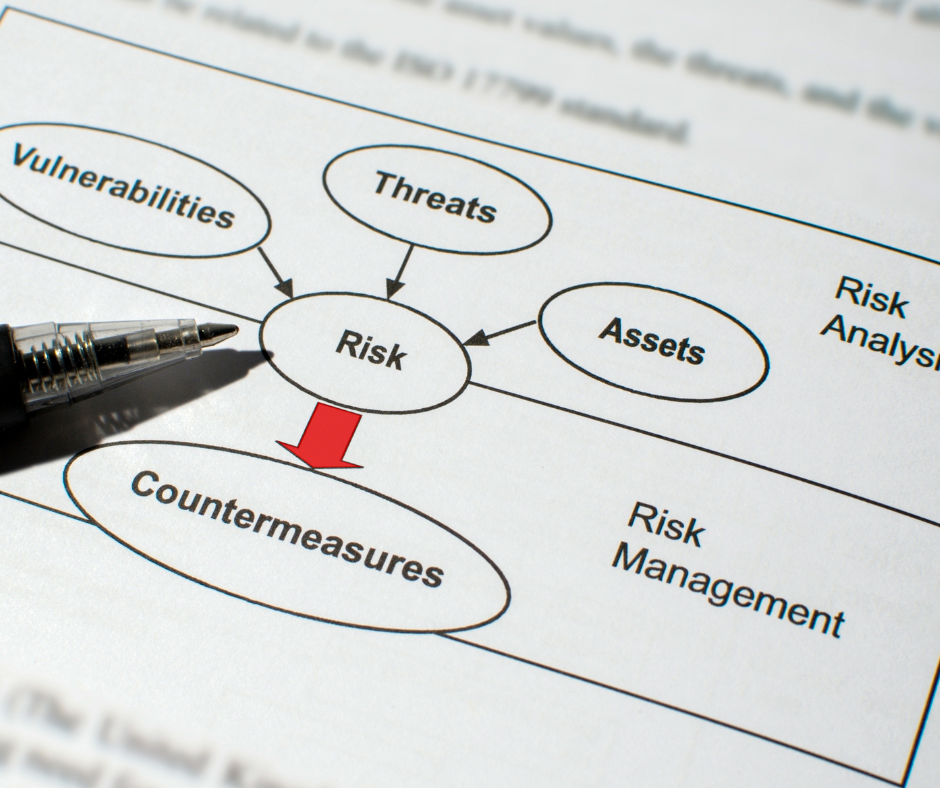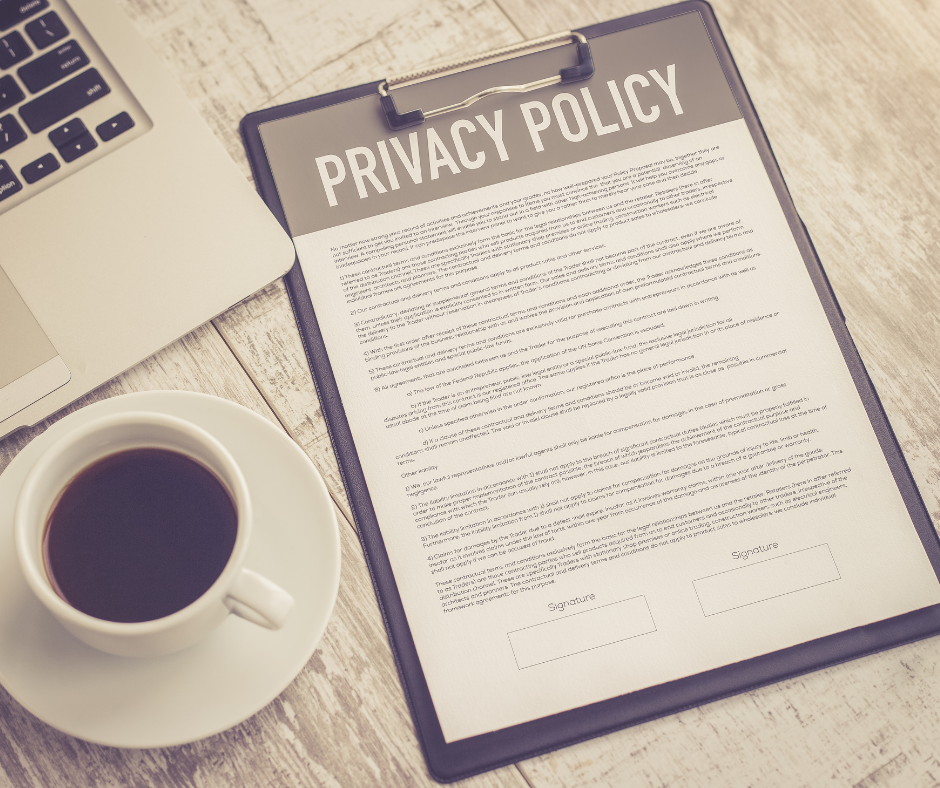
Have you ever wondered what makes a policy truly effective? A well-crafted policy not only governs an organization’s operations but also creates a conducive working environment, reduces risks, and ensures compliance with legal requirements. Let’s delve into the essential features of policy and processes of policy development that make a policy work for your organization’s success.
Key Takeaways
- This article outlines the essential features of effective policies, including clarity, consistency, relevance and flexibility.
- The policy development process involves internal examination, research & analysis drafting consultation approval & implementation.
- Best practices for policy review include annual reviews involving key stakeholders and staying informed of legal changes.
How to Write a Policy
When tackling the task of creating a policy, understanding the essential steps of “how to write a policy” is crucial. Begin by clearly defining the purpose and scope of the policy, ensuring that its objectives align with organizational goals. Conduct thorough research to gather relevant information and insights that will inform the policy’s content. Structure the document logically, using concise language and providing clear guidelines for implementation. Seek input from key stakeholders to ensure inclusivity and garner diverse perspectives. Regularly review and update the policy as needed to adapt to changing circumstances, maintaining its effectiveness over time. Following these steps will help you craft a well-formulated and impactful policy for your organization.
Key Features of Effective Policies
A good policy is characterized by:
- Clarity
- Consistency
- Relevance
- Flexibility
- Accessibility
These key features lay the foundation for effective coordination and decision making, ensuring a harmonious working environment and promoting active citizenship.
We will delve into the specifics of these features.

Clarity
Policies, clearly articulated and written in concise language, enhance employee understanding and adherence. Comprehension and compliance are easily achieved with a well-defined purpose and scope, contributing to a smoothly functioning organization.
Consistency
Consistency in policies is crucial, as it ensures alignment with the organization’s mission, values, and objectives. Inconsistent policies can lead to confusion, inefficiency, and even legal issues.
Achieving consistency involves implementing a management system, setting clear objectives, and applying policies fairly.
Relevance
Relevant policies address the organization’s needs and the challenges it faces. Irrelevant policies can result in financial losses, misguided decision-making, and hindered communication and innovation.
Maintaining policy relevance necessitates a deep understanding of the organization’s mission, objectives, and values.
Flexibility
Good policies:
- Adapt to changing circumstances
- Allow for adjustments as needed
- Enable organizations to respond efficiently to new information, emerging issues, and evolving requirements
- Contribute to more productive and efficient outcomes
Accessibility
Accessible policies ensure that all employees and stakeholders have equal access and opportunity to understand and comply with the policies. Disseminating policies through employee handbook software and adhering to the Web Content Accessibility Guidelines (WCAG) 2.1 are effective ways to guarantee accessibility.
Policy Development Process
Developing a successful policy involves a series of steps, including:
- Comprehensive internal examination
- Research and analysis
- Drafting and consultation
- Approval and implementation
We will delve deeper into these steps.
Research and Analysis
Before drafting a policy, in-depth research is required to gain insights into the organization’s mission, values, and objectives, and to identify existing policies to prevent duplication or contradictions. Utilizing reliable sources such as government websites, academic journals, and expert interviews can provide a well-rounded understanding of the policy issue.
Drafting and Consultation
After completing the research phase, the next step involves drafting the policy and soliciting feedback from stakeholders. This ensures that the policy addresses their concerns and needs, ultimately leading to greater buy-in and successful implementation.
Stakeholder feedback can be obtained through written feedback, formal surveys, or direct consultation.
Approval and Implementation
The final step in policy development is obtaining the necessary approvals and effectively communicating the policy to ensure successful implementation. This includes clearly outlining roles and responsibilities, providing necessary resources, and monitoring progress and adherence to the policy.
Writing Style and Formatting Tips
A well-written policy document is not only easy to understand but also engaging and persuasive. Employing an appropriate writing style, such as active voice and short sentences, and proper organization and structure can significantly improve the readability and effectiveness of your policy.
We will delve deeper into these writing techniques.
Active Voice and Short Sentences
Using active voice in policy writing ensures that responsibilities and actions are unambiguous, eliminating potential confusion. Short sentences enhance readability, making the policy more engaging and easier to understand. These writing techniques contribute to a clear and concise policy that effectively communicates its intent.
Organization and Structure
A logically organized policy with headings, bullet points, and numbering enhances readability and navigation significantly.
This also makes it easier for employees to find and access the relevant information they need to comply with the policy.
Visual Appeal and Branding
A visually appealing policy document that adheres to your organization’s branding not only looks professional but also reinforces the organization’s values and identity. This ensures consistency across all policy documents and helps employees quickly recognize and understand the organization’s policies, regulations, and procedure document.
Roles and Responsibilities in Policy Management

Effective policy management involves the collaboration of policy owners, compliance officers, and employees and stakeholders. Each of these roles plays a crucial part in developing, implementing, and ensuring adherence to the organization’s policies.
We will delve into the responsibilities associated with each role.
Policy Owners
Policy owners serve as the primary document owners for a policy and are responsible for its:
- Development
- Communication
- Implementation
- Monitoring
- Revisions
They ensure its practical application and effectively communicate the policy to all relevant parties, guaranteeing a successful implementation and a well-informed workforce.
Compliance Officers
Compliance officers play a vital role in ensuring that policies are followed, and they manage any non-compliance issues that arise. They are responsible for developing, implementing, and overseeing compliance programs, reviewing company policies, and providing advice to management concerning potential risks.
Employees and Stakeholders
Employees and stakeholders are responsible for:
- Understanding and adhering to the policies set by the organization
- Providing feedback and suggestions for policy implementation
- Reporting any issues or concerns related to the policies
They play a crucial role in policy implementation.
Legal Considerations and Risk Management

Evaluating legal compliance, privacy, and employee rights, as well as assessing potential risks, is essential when developing and implementing policies. Ensuring that your policy adheres to all relevant laws and regulations can help protect your organization and its employees from potential legal and financial repercussions.
We will delve deeper into these topics.
Legal Compliance
Policies must comply with relevant laws and regulations to avoid legal issues and potential financial losses. Obtaining legal advice and examining critical policies are essential steps in ensuring adherence to all applicable laws and regulations.
By following these guidelines to ensure compliance, organizations can minimize the risk of legal conflicts and sanctions.
Privacy and Employee Rights

Protecting employee privacy rights is critical in policy development, as it safeguards the organization and its employees from potential legal and financial repercussions. By respecting privacy concerns and adhering to relevant laws, organizations can create policies that protect both the company and its workforce.
Risk Assessment and Mitigation
Identifying and assessing potential risks associated with policies is crucial for effective risk management. By analyzing the likelihood and impact of these risks, organizations can develop strategies to mitigate or manage them, ultimately ensuring the success of the policy and minimizing any adverse outcomes. An impact assessment can be a valuable tool in this process.
Real-World Examples of Effective Policies

Real-world examples of effective policies demonstrate the significance of the key features discussed earlier.
For example, Next7 IT, a leading IT services company, utilized SweetProcess to:
- Eliminate reliance on tribal knowledge
- Create a more organized, efficient, and collaborative work environment
- Standardize their operations
- Streamline employee onboarding
- Enable remote access to work documents
These examples highlight the benefits of implementing effective policies and processes in a business setting.
Another example is Location Accès Crédit, a company that helps clients access vehicle loans in Canada. By employing SweetProcess, they were able to streamline their processes and deliver top-notch services and solutions to their clients.
These examples showcase the importance of:
- Clarity
- Consistency
- Relevance
- Flexibility
- Accessibility
In the development of successful policies addressing climate change, political science and policy analysis play a crucial role in formulating policies that consider the above requirements and implement appropriate measures.
Best Practices for Policy Review and Updates

It’s necessary to routinely review and update policies to maintain their relevance, effectiveness, and compliance with evolving regulations and organizational needs. Best practices for policy review and updates include:
- Conducting annual reviews
- Involving key stakeholders in the process
- Staying informed about changes in laws and regulations that may impact the organization’s policies.
Summary
In conclusion, effective policy development and management are crucial for organizations to operate smoothly, comply with legal requirements, and address current challenges. By focusing on clarity, consistency, relevance, flexibility, and accessibility, organizations can create policies that not only guide decision-making processes but also contribute to a harmonious working environment. The roles of policy owners, compliance officers, and employees and stakeholders are essential in ensuring successful policy implementation and adherence. Don’t underestimate the power of well-crafted policies to make a significant difference in your organization’s success.
Policy Vs Rule
When considering organizational guidelines, it’s crucial to discuss Policy Vs Rule. A policy generally serves as a broad framework, outlining the principles and objectives guiding decision-making within an entity. On the other hand, a rule is more specific, offering clear directives on acceptable or unacceptable behavior. While policies set the tone and provide flexibility, rules establish the boundaries and enforce specific actions. Striking the right balance between policies and rules is essential for creating a well-functioning and adaptable structure within any institution. It’s important to understand how these terms differ to implement effective governance and maintain a harmonious environment.
Frequently Asked Questions
What is an important feature of a public policy?
Public policy is a set of laws, guidelines, and actions implemented by governments to work in favor of the public. It communicates objectives, principles, strategies and rules of decision and provides authority, incentives or capacity to influence perceptions, values and behavior. Ultimately, it is goal-oriented with the aim of fulfilling certain goals the government has in mind for the welfare of citizens.
What is policy and its nature features?
Policy is a deliberate system of guidelines to guide decision making, adopted by a governance body within an organization and implemented as a procedure or protocol. It assists in both subjective and objective decision making.
What are the characteristics of quality policy?
A Quality Policy typically serves as a framework for quality objectives, and outlines an organization’s commitment to meeting applicable requirements, as well as continual improvement.
How often should policies be reviewed and updated?
Policies should be reviewed and updated at least once a year, with key policies and procedures requiring more frequent review.
How can a policy owner facilitate policy implementation?
A policy owner can effectively communicate the policy, provide instructions, guarantee resources, monitor advancement, confront impediments, and cooperate with relevant parties to facilitate policy implementation.